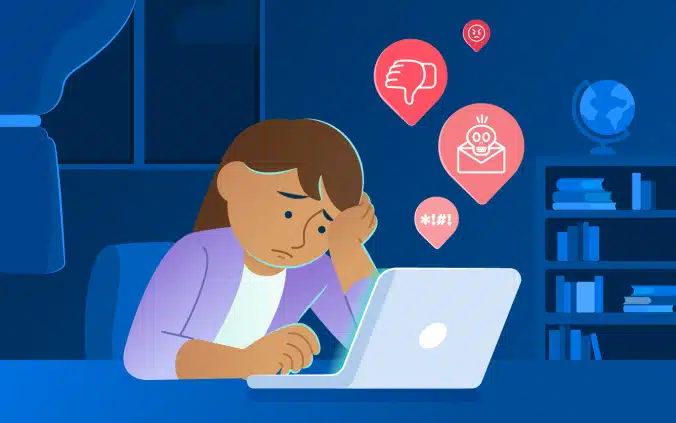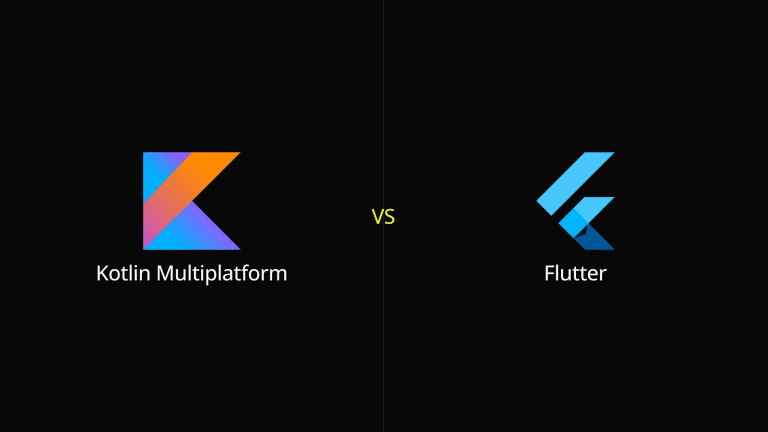The internet is hazardous, especially for children and teenagers. They are vulnerable to cyber predators, and these online hazards can have severe, costly, and tragic outcomes.
Awareness training and good communication with your children are essential. However, safeguarding them online requires action. You need the right tools to combat these dangers.
Here’s an overview to help you understand what cybercriminals want and how safety tools such as the Dark Web Monitor can help protect your children from exploitation.
More online threats to children than ever before
With the rise of the pandemic and the subsequent improvements in remote collaboration and communication platforms, children are spending more time online, both at home and at school. They’re exposed to many serious threats, including:
Cyberbullying
The popularity of social media and online gaming platforms has given bullies more opportunities to target kids anytime, anywhere. They can follow their victims digitally, which can even spill over into the real world, creating persistent pressure with sometimes deadly consequences. For example, children experience ridicule or humiliation during social media conversations. In online gaming, bullies can attack their online gaming personas relentlessly and turn children’s online escape into a hellish experience.
EdTech Tools That Spy on Students
Many EdTech (education technology) tools commonly used by schools pose significant privacy risks. Such tools as Scholastic, Zoom, Khan Academy, and Clever use extensive tracking. Some tools can even log all keystrokes and sessions, voice recordings, screen snapshots, and on-camera sessions.
EdTech companies are commercial entities. Their privacy policies are opaque, which allows them to skirt around the details of how much data they collect and how they use it. Some collect students’ health records, attendance, grades, disciplinary actions, and more. But scrutinizing the terms and conditions reveals that some companies regard your acceptance of routine T&Cs as a carte blanche to share your data with their (unnamed) business partners.
Unfortunately, these business partners are usually members of a global advertising and commercial data network. Companies like Facebook, Instagram, Google, Amazon, and Microsoft feature prominently in these chains. Recent court cases have shown that they are not known for protecting users’ privacy. Much of this data harvesting happens behind closed doors.
Cyber Predators
Cyber predators often stalk children on the internet by lurking on social media and gaming platforms that appeal to children. These predators exploit well-known teaching techniques like ‘Let’s play pretend’ to lure children into traps. Cyberstalking and grooming can even lead to dangerous personal encounters in real life.
Phishing Attacks
Phishing is when the attacker sends fake emails, messages, or texts with malicious links or attachments. The intention is to trick people into clicking on these links or downloading the attachments. Kids are especially vulnerable to phishing attacks if the emails or messages appear to be from a friend or family member. That’s why cyber criminals hang out on sites that are popular with children. They gather details, learn to sling the lingo, and note topics or special interests to make their attacks more convincing.
Sharenting
Parents who impulsively share a precious moment on social media or other digital platforms should remember that the image will live forever out there. The post—or a screenshot—could be shared without your consent. It’s dangerous for parents to shove their kids front and center into a digital world that will never forget tiny details.
Malware
Children sometimes click on dangerous links or attachments. Mistakenly downloaded malware can allow cybercriminals to steal their parents’ credit card info or other sensitive information. Once installed, malware can, for example, steal personal information or hijack the device to use it for crypto mining or as part of a botnet.
Cybercriminals search for the details of potential victims on gaming sites and social media platforms. For instance, these criminals compile lists of teenagers likely to fall for a fake promotion, such as free access to a popular game. They then send phishing messages to likely victims, disguising the malware as a game or special offer.
Internet Scams
Scammers might offer children prizes, discounts, or access to special gaming features. They could also promise rewards in exchange for information, like their parents’ work address, full name, or credit card details.
The Deep, Dark Web
A large chunk of this gathered information goes to a hidden online space known as the dark web, which is mainly used for illegal activities. It can’t be accessed using traditional browsers and search engines. It is designed to remain hidden unless accessed through a special browser like Tor.
One of the dark web’s most infamous sites was the Silk Road, a now-defunct online marketplace for illegal drugs. You can also notoriously buy things like fake passports, weapons, or malware creation services. A large section of the dark web deals in selling sensitive personal information. This is where stolen data from data breaches, data theft, and good old digital spying ends up.
Personal data, like financial records, payment card details, and social security numbers, are extremely valuable. Criminals pay more for comprehensive profiles that include email, home, and work addresses. They also buy cryptocurrency exchange account details, shopping logins, and cloned credit and debit cards. With this information, they can hijack email or social media accounts, apply for benefits, or even receive medical care.
Fortunately, you can use cybersecurity tools such as the Dark Web Monitor to prevent others from exploiting account information leaked to the dark web. Dark web monitoring tools search the dark web for indications that sensitive information has been compromised. It enables you to mitigate the fallouts from data breaches and even prevent hacking. This way, you can protect your family’s information, even if your child makes a mistake and shares the data with the wrong people.
The internet always remembers
Keep in mind—anything that is published online remains there indefinitely. It’s essential to take extra care to protect children from online threats. Cyber predators, cyberbullying, and personal information published on the dark web are just a few of the risks that children face online. Educate yourself and your children on the dangers of the internet. Use the right cybersecurity tools to protect your family from any possible threats. If you want to take it up a notch, you can also get a diploma in cyber security.












